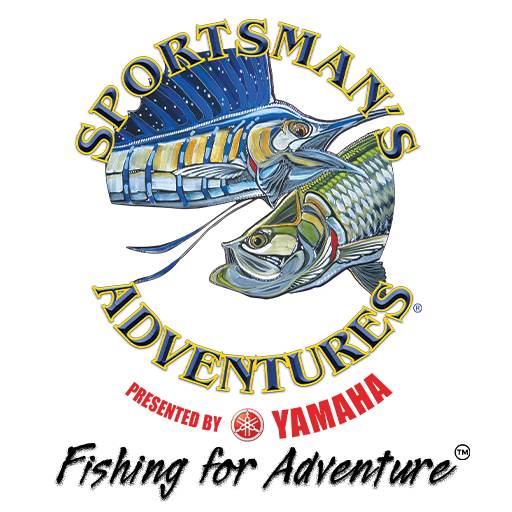AM DUCKS, PM LARGEMOUTHS & PANFISH ON LAKE O—PART 1
Morning Hunts and Afternoon Casting Sessions
The holiday season and the New Year allow a lot of guys the chance to spend some time in the woods, on some pond, or in a marsh looking for a duck, turkey or deer.
When I think about Thanksgiving, through about mid-January, the one thing that comes to mind for me is all the days I’ve spent on Lake Okeechobee shooting ducks in the morning and fishing for largemouths in the afternoon.
Because the lake is down (though not as much as it was this summer), it tends to concentrate a lot of the diving ducks out in the middle, including bluebills, canvasbacks and, of course, ringnecks, which use the lake for their largest international nesting grounds. Along the edges, you’re going to find more of a variety, mainly bluewing and greenwing teals, widgeons, shovelers and Florida mallards.
Ducks + Bass = One Fine Day
In my mind, there is nothing better than shooting a limit of ducks and then heading out for a largemouth or two. But, remember, a limit of ducks in the morning is your daily limit, according to FWC laws. That doesn’t entitle you to go home, clean those ducks and then come back out in the afternoon to shoot some more.
Another option, or a lawful alternative to breaking FWC laws, is to take a medium-heavy 7-foot spinning rod, or your favorite rod for casting plugs to snook, and go in pursuit of the wily largemouth bass of Lake Okeechobee.
If you’re a lazy man who likes to sit back and drink a beer, or perhaps your favorite Bacardi, you’re the guy who’s going to want to invest in a dozen or two wild shiners. Now, they don’t come cheap, they’re about $3 each, which adds up when you’re talking 24 baits, but the difference between wild and commercially raised shiners is huge.
Shiner Fishing
Wild shiners are a lot tougher and heartier than the ones raised in farms. You need a 2/0 or 3/0 Kahle hook to hook the shiner in the nose the same you would a pilchard or threadfin when you’re offshore king or sailfishing. I put a bobber up about two to four feet from the shiner, and then I like to put a bb-sized split shot somewhere between the hook and float so the shiner can’t hide underneath the bobber. You want it weighted down, but not on the eye of the hook.
The areas you want to try to fish are the cattails or along the edges of where you might find hydrilla, like in the Moonshine Bay area. What you want to do is throw your wild shiner into cover. It’s very, very important that you understand the big bass are going to be in the thickest of grass.
When you’re shiner fishing it works much better if you anchor the boat so as to not drift and drag that shiner, drowning him to death. They’re not hearty like a blue runner or goggle-eye and they don’t take to being trolled very well.
For you guys who love to fish artificials, go to the Monkey Box area or just outside of Moonshine Bay and look for peppergrass sticking up. There are a lot of ditches where most of the boats run through that are very productive.
You can blind cast spoons. Try a black spoon in either ¼- or ½-ounce. Gold will work as well. Spinnerbaits are also very good for this type of fishing. Make long casts, covering a lot of area and reel those spoons or spinnerbaits right through the grass for your most effective fishing.
When I was a young man, I would get out and wade these peppergrass areas. That brings me to remembering the days when I would throw balsa-headed poppers for bass on fly rods in Lake Okeechobee. The best part was the bycatch, which included shellcracker, bluegill and bream, which we’ll get into next week.
Tight Lines and Good Fishing,
Captain Rick Murphy
